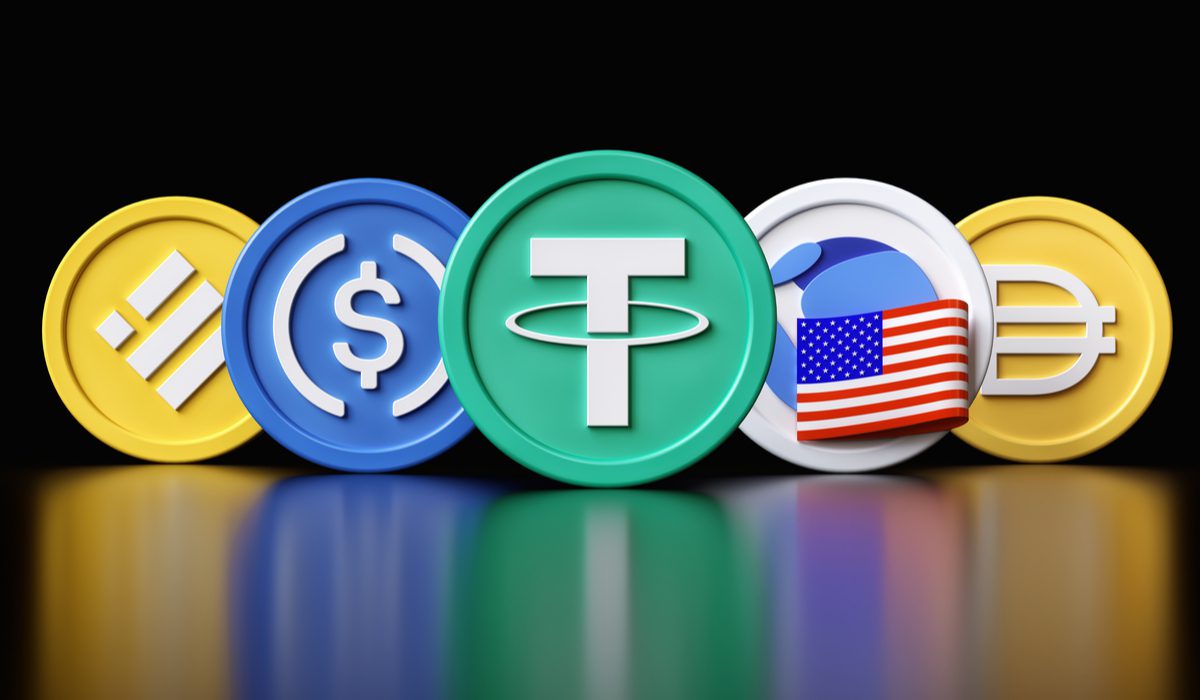In the dynamic landscape of cryptocurrency, stable coins have emerged as a crucial component, providing a bridge between the volatile world of digital assets and the stability of traditional fiat currencies. The development of stable coins, however, is not without its challenges and complexities. This blog aims to guide developers through the intricate process of navigating the risks and rewards associated with stable coin development.
Understanding Stable Coins:
Before delving into the development aspects, it's essential to comprehend what stable coins are and their significance in the crypto space. Stable coins are digital assets designed to maintain a stable value by pegging them to a reserve of assets or algorithms. The primary goal is to reduce the volatility commonly associated with cryptocurrencies like Bitcoin and Ethereum.
The Rewards:
-
Stability in a Volatile Market: Stable coins offer a haven for users seeking stability in the tumultuous world of cryptocurrency. By pegging their value to a stable asset, developers can create a digital currency that is less susceptible to the extreme price fluctuations seen in other cryptocurrencies.
-
Increased Adoption: The stability and predictability of stable coins make them an attractive option for mainstream adoption. Users are more likely to embrace a digital currency that mirrors the value of familiar fiat currencies without the volatility associated with traditional cryptocurrencies.
-
Efficient Cross-Border Transactions: Stable coins facilitate seamless cross-border transactions, overcoming the challenges of traditional banking systems. With stable coins, users can transfer value across borders quickly and with minimal fees, making them an appealing option for global transactions.
The Risks:
-
Centralization Concerns: One of the primary risks associated with stable coins is the potential for centralization. Depending on the design, the control of reserves or algorithms may be concentrated in the hands of a few entities, posing a risk to the decentralized ethos of cryptocurrencies.
-
Regulatory Scrutiny: Stable coins have drawn increased regulatory attention due to their potential impact on financial stability. Developers need to be aware of and compliant with the regulatory landscape, as changes in regulations can have a significant impact on the development and use of stable coins.
-
Smart Contract Vulnerabilities: Many stable coins operate on blockchain platforms that utilize smart contracts. Developers must be vigilant about identifying and addressing vulnerabilities in smart contracts, as any weaknesses could be exploited, leading to potential financial losses and reputational damage.
Navigating the Development Process:
-
Thorough Research and Planning: Before embarking on stable coin development, conduct extensive research on existing stable coins, their successes, and their failures. Develop a comprehensive plan that outlines the purpose, mechanism, and use cases of your stable coin.
-
Choosing the Right Pegging Mechanism: The pegging mechanism is a critical decision in stable coin development. Whether it's pegged to a fiat currency, a basket of assets, or governed by algorithms, the chosen mechanism should align with the stability goals and long-term vision of the stable coin.
-
Transparency and Auditing: To build trust among users, transparency is paramount. Implement robust auditing mechanisms to ensure that the reserves backing the stable coin match the issued tokens. Regular, independent audits help build credibility and mitigate the risk of fraud.
-
Decentralization and Governance: Strive for a balanced approach to decentralization to avoid concentration of power. Implement a governance model that involves the community in decision-making processes, fostering a more democratic and resilient stable coin ecosystem.
Conclusion:
Stable coin development presents a unique set of challenges and opportunities. Navigating the risks and rewards requires a meticulous approach, combining technical expertise with a deep understanding of the regulatory environment. By prioritizing stability, transparency, and decentralization, developers can contribute to the evolution of a robust and reliable stable coin ecosystem, paving the way for a more inclusive and stable financial future in the world of cryptocurrencies.


No comments yet